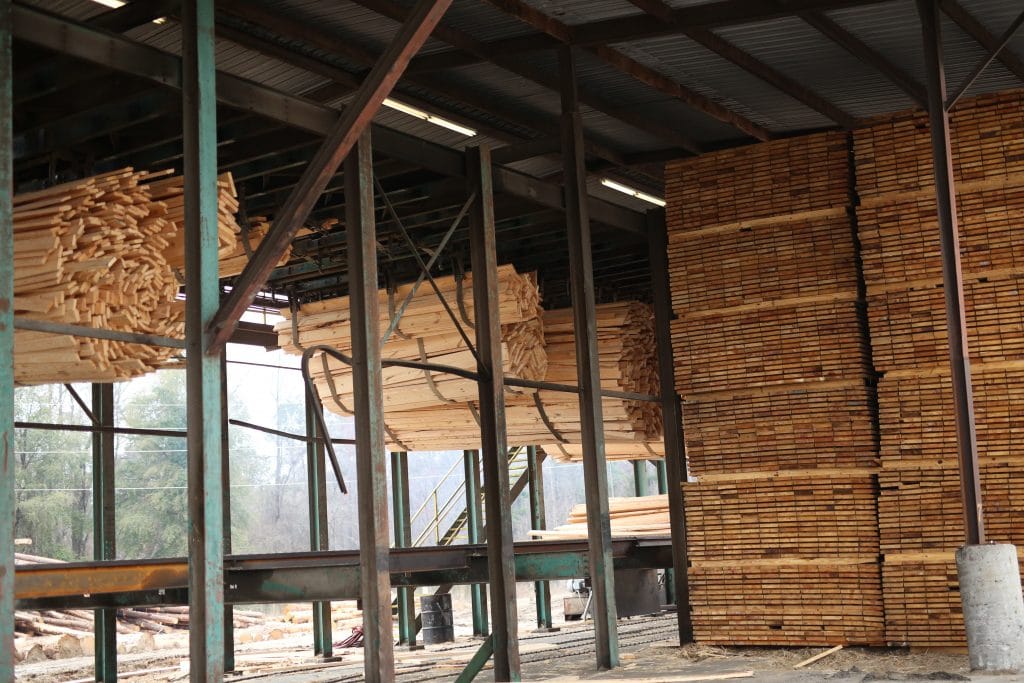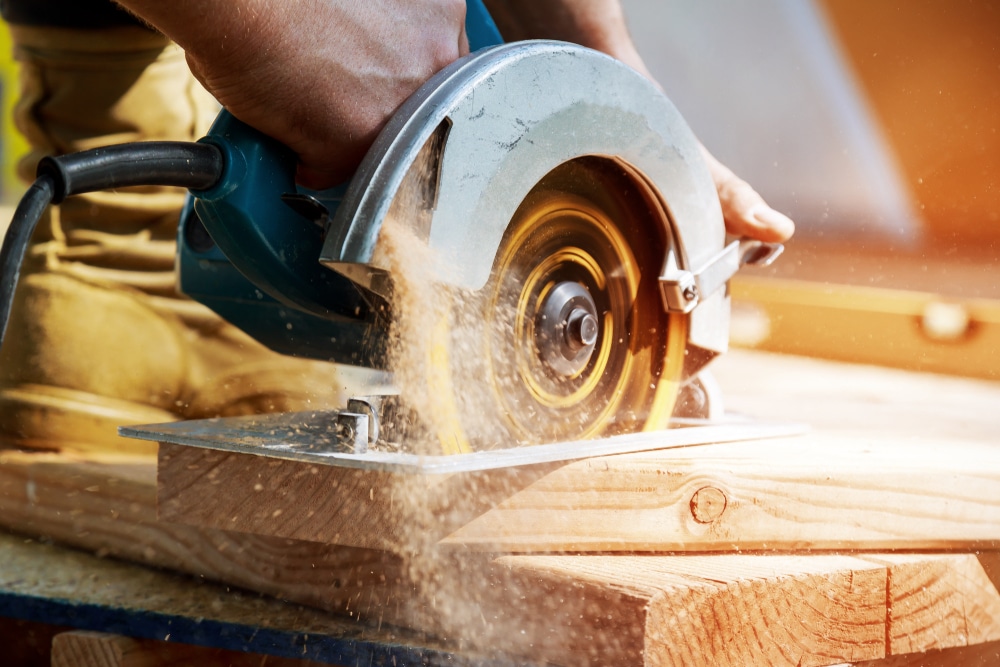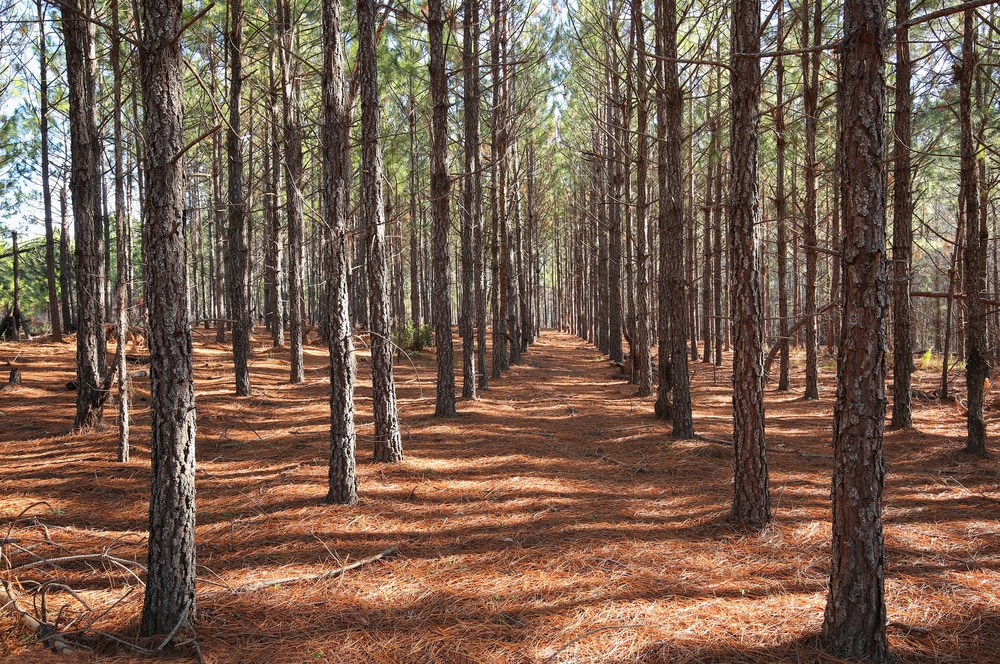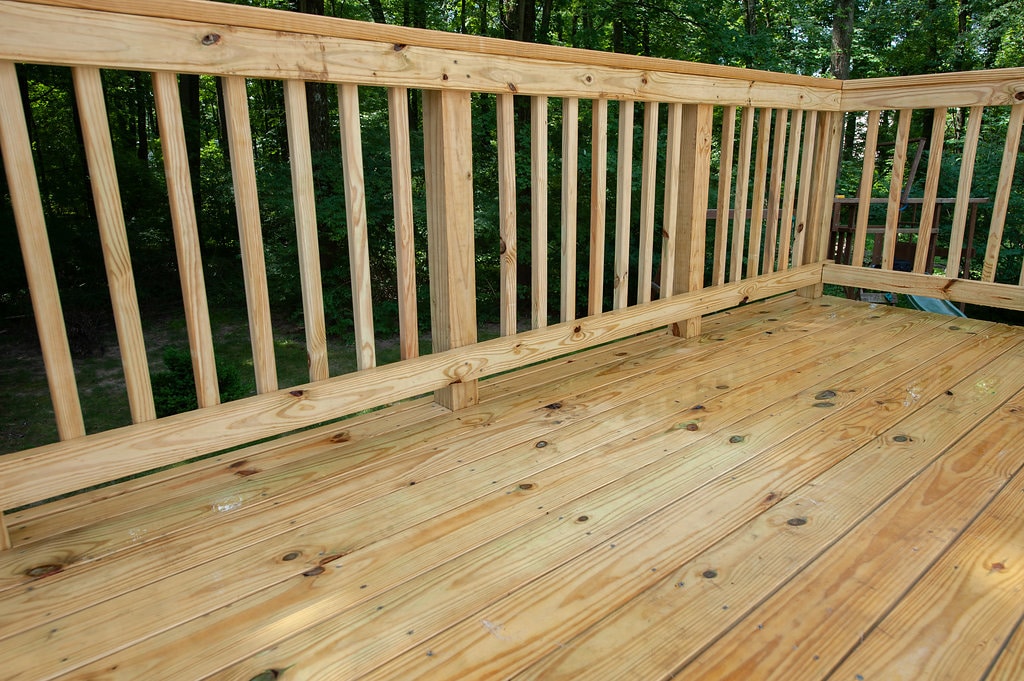
There is a lot more to lumber than meets
the eye. A simple tree growing in the forest is so much more than just a
natural, renewable commodity. There is a lot to know about what can be done
with wood, using modern technology, to further its use and ensure its
renewability. Here a few ways science can help.
Advanced structures: Tall Wood Building
Advances in engineering is laying the
groundwork for lumber to be used in the creation of structures for which they
previously couldn’t. With new technology and a desire to reduce costs, increase
efficiency and sustainability, lumber is being increasingly looked at as a
reliable alternative material in large
building construction. The evolving
technologies that go into the production of wood structures such as cross
laminated timber (CLT), nail laminated timber (NLT), glue laminated timber
(glulam),and dowel laminated timber (DLT) will continue to feed this growing
use and need in the building industry.
Forest Biorefinery
In recent years, there has a been a move
towards pulp and paper mills integrating biomass conversion processes and
equipment in their operations. As the market evolves, this shift has enabled
the mills to advance the type of products they are able to produce. These mills
are now able to produce biofuels,
biochemicals and materials, expanding their offering and making them more
competitive in the market.
Advanced lumber composites
The use of advanced composites – and we’re not talking about composite
decking here – has been steadily
increasing in the building industry as companies look for new, inventive,
sustainable and affordable alternatives to traditional building materials.
Lumber is used heavily in building, but, in its natural state, wood can often
fall prey to the elements and lose strength and support over time. That’s where
advanced composites come in. Traditional
composites are heavily used in construction but the desire for wider use of
composites have lead to the creation of advanced composites, made up of natural
fibers, such as agricultural fibers or residues, or on wood-natural fiber
hybrids. The great benefit of advanced composites is an overall wider use for
lumber, while, at the same time, increasing sustainability, reliability and
adaptability of lumber. Advanced composites also opens the door for use in
other markets by expanding the possibilities of what they can be used to build.
Nanotechnology
Nanoscience is the ability to separate and
control individual atoms to get them to do what you want them to do. By being
able to manipulate individual atoms, you can affect everything from weight to
color to strength of whatever it is you’re trying to create or improve. By using nanotechnology, the forestry industry is able to transform what they
produce in multiple different ways including the production process, energy
efficiencies, and different types of applications.
Woody Biomass Utilization
Woody biomass is
a resource that is a by-product of natural disasters and forest management.
Using woody biomass allows for the production of a host of wood products,
including timber, engineered lumber, furniture as well as bio-energy and
bio-based products such as plastics, diesel and ethanol.





